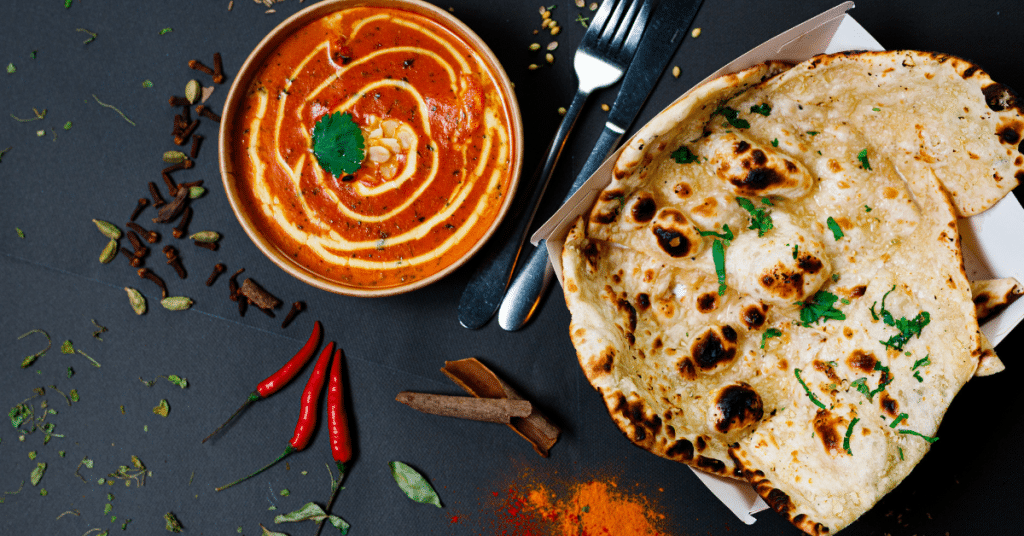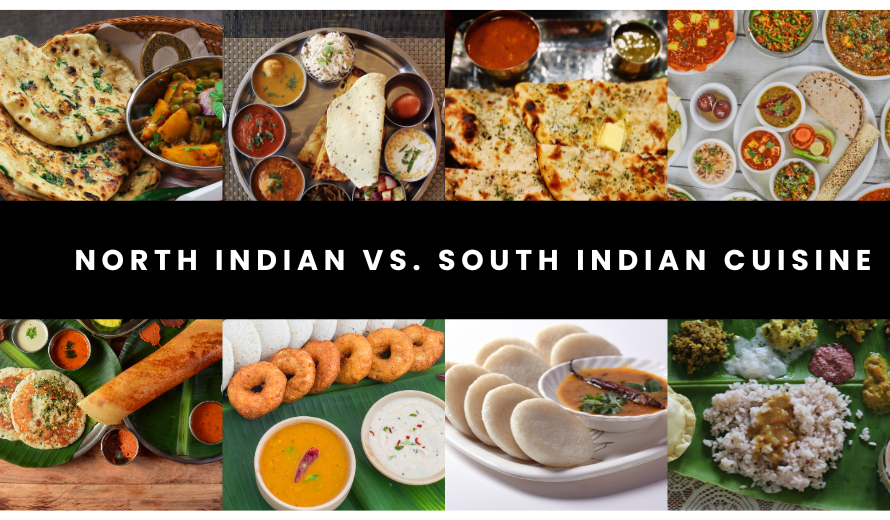The Evolution of Indian Restaurants in the USA

The United States has always been a melting pot of diverse cultures, and this cultural richness is well reflected in its culinary landscape. One of the most captivating chapters in this story is the evolution of Indian restaurants in the USA. From a time when they were few and far between to the proliferation of eateries offering a wide range of Indian delicacies, this article will take you through the historical journey of Indian restaurants and their relevance in the American culinary scene. For both food enthusiasts and those curious about the evolution of cuisines, understanding the growth and transformation of Indian restaurants in the USA offers an intriguing perspective on cultural assimilation and the power of food to unite diverse communities.
Historical Context: The Beginning of Spice Trails
To comprehend the journey of Indian restaurants in the USA, we need to dive into their historical roots. Indian cuisine had a modest presence in the USA in the early 20th century, largely limited to a few expatriate-run establishments in major cities. These restaurants primarily catered to Indian students and expatriates.
Pioneers and Early Developments: A Spicy Tale
The first significant wave of Indian immigration to the United States occurred in the 1960s and ’70s. This brought with it a surge in the number of Indian restaurants, predominantly serving North Indian cuisine.
Some of these establishments, such as the iconic Moti Mahal in New York City, played a pivotal role in introducing American diners to Indian flavors and culinary traditions.
Diversity on the Menu: Regional Specialties
As the Indian community in the USA grew, so did the diversity of Indian restaurants. The emergence of regional specialties from across the Indian subcontinent introduced American diners to a broader spectrum of flavors. Dishes from South India, like dosas and idlis, and from regions like Bengal and Gujarat found their place on menus.
Pros and Cons: The American Palate Adapts
The American palate, often unaccustomed to the bold flavors of Indian cuisine, underwent a transformation. While Indian food was initially met with skepticism, it gradually gained popularity due to its complexity, variety, and the health-conscious nature of many dishes. However, the extensive use of spices and unfamiliar ingredients presented challenges for some diners.
Modern Landscape: Fusion and Fine Dining
In recent years, Indian restaurants in the USA have evolved to offer fusion dishes that combine Indian flavors with other cuisines, reflecting the global fusion trend. Fine dining Indian establishments have also gained recognition for their culinary artistry. Many Indian chefs have made a name for themselves, proving that Indian cuisine can reach the highest echelons of the culinary world.
Cultural Exchange: Beyond Food
Indian restaurants in the USA go beyond serving food; they contribute to cultural exchange and understanding. They often host events and cultural celebrations, providing a platform for sharing Indian traditions and fostering connections among communities.
The evolution of Indian restaurants in the USA is a captivating journey that mirrors the ever-changing cultural tapestry of America. From its humble beginnings to its current diverse landscape, Indian cuisine has become an integral part of American gastronomy. As you ponder the growth and influence of Indian restaurants, we encourage you to share your thoughts on the cultural and culinary impact of these establishments in the USA.







